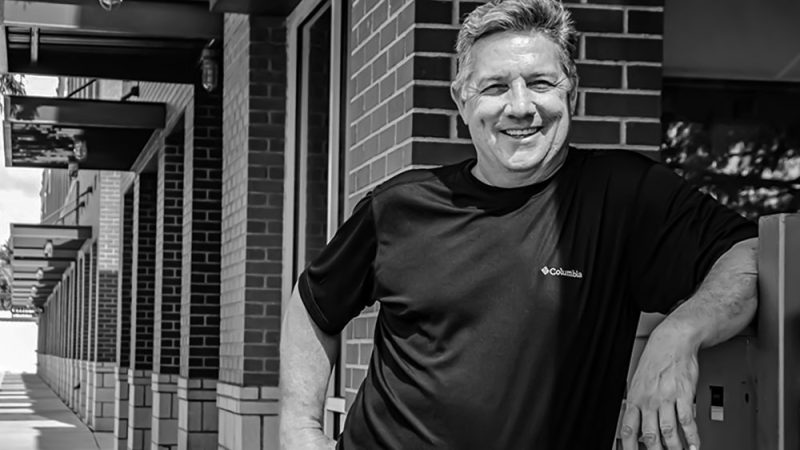“If a barn burned down 150 years ago, the community would get together and rebuild it. Because that guy who owns the barn is our friend,” says town builder Monte Anderson of Dallas. In many places across North America, however, that local mindset has disappeared. “This is just not the way of our world today. Our world is all about ‘me,’ and what I can get and how I can become a billionaire.”
This article was written by Seirra Jones and originally published by Strong Towns.
Anderson is a local developer who sees it as his mission to revive his community—not only through neighboring relationships, but also by saving the abandoned and broken spaces. Through incremental development, town builders like Anderson are physically rebuilding their neighborhoods one step at a time.
In today’s world, we mostly rely on bigger developers to build houses, stores, and other structures. However, this reliance on bigger companies isn’t always a guaranteed track to a nicer neighborhood. With most large companies selecting quick and easy-to-build options that are the most profitable for them, the result is typically single-family homes being mass produced—leaving a lack of diversity in housing sizes. This creates an imbalance in the market and is one reason why housing has fallen out of reach for many Americans. These top-down strategies sometimes even cut out local desires, and it’s not uncommon for things to get built just to rot.
“The housing problem: it’s got to be fixed by local entrepreneurs, by local writers, by local activists, and churches,” said Anderson. Making a community strong has to come from within—not from external sources.
For Anderson, it was pure desperation that drove him to become a local developer and start saving his place. In his mind, he needed to make his neighborhood so lovable that his family and friends wouldn’t feel the need to move on to better horizons. Because for most of his younger years, that’s exactly what he witnessed, with most of the people he knew leaving his Dallas neighborhood in white-flight droves.
So, long before he knew the term “local developer,” Anderson started to discover how to build lovable places. He started out small. First, he talked to people. He approached his chamber of commerce and asked to be involved. He worked any job he could, from gaining memberships for the chamber to eventually becoming a real estate agent.
“By being involved, I started to see things, broken things. Bad roads, bad parking lots, bad buildings,” Anderson recalled. “Over time, in selling real estate, I would see these opportunities but nobody would come because it was kind of an obliterated area.” But no one was stepping up to change those abandoned areas and empty lots. Instead, development focuses were occurring with brand-new infrastructure on the fringes of town.
“And so I figured out that I’m gonna have to do this myself,” said Anderson. If he wanted his neighborhood to be a better place, he’d have to make it so. As soon as he could, Anderson piled together just enough funds to buy property that “nobody wanted” and turn it into something desirable.
“And then that’s how it happened.” After many years of trial and error, tooth and grit, and sleepless nights, Anderson has saved, renovated, and built lots of new places—all within his hometown. Through incremental development, a process that starts small and builds up, he’s actively transforming his neighborhood to be a better place.
After years of smaller projects, he kept building up until he was able to redevelop larger community places, such as the Tyler Station: an old factory made new with a diverse set of small storefronts. Or the Belmont hotel, whose historic rooms were returned to life with events and parties. He’s also been involved with reviving a historic theater that had dipped into decline. Most recently, he’s been working on potential projects that will transform an overabundance of parking spaces into much-needed housing.
“We’re doing stuff with affordable housing that’s cutting edge,” said Anderson.
With projects like the Neighborhood House, he’s helped put people experiencing homelessness back on their feet by selling at a manageable rate. Because the house hosts two rooms in addition to the main living space, the new owner has the opportunity to lease and manage tenants.

Layout of the Roommate House, a once single-family home that Anderson refurbished into an affordable opportunity.

A peek inside the Roommate House.
This is what building a strong town is all about: not just creating better buildings, but lifting up your neighbor and working together.
And for Anderson, building a stronger community is spiritual, as well. “If you have a billion dollars at the end of your life and you’re getting ready to die, what does that billion dollars mean? You can’t take it with you, right? It means nothing.” In quoting It’s a Wonderful Life, Anderson said: “All you can take with you is that which you’ve given away.”





